At last, a feature-length film! Released in Italy as L'Inferno on March 2nd, 1911, this adaptation of Dante Alighieri’s epic poem is the work of three directors, Francesco Bertolini, Adolfo Padovan, and Giuseppe de Liguoro. This makes sense, given its length. It was three years in the making, in an time where short films were often being cranked out at a pace of one every three days, and though its 68 minute run time is brief by today’s standards, in an era of 5-minute films, it was a downright behemoth, and is the first full-length Italian film.
For those who haven’t read Dante, Inferno is the first of three epic poems he wrote chronicling a journey through Hell, Purgatory, and Heaven. And if you have not read Dante, do so immediately! T.S. Eliot wrote, “Dante and Shakespeare divide the modern world between them: there is no third.” I am in complete agreement with Eliot. Read Dante!
Back to the film: Dante is guided through Hell by the Roman poet Vergil, where he encounters countless damned souls being tormented by demons in all manners of inventive ways. That this trio of directors, with no real predecessor to draw upon, were able to translate so much of the frantic and bizarre energy of Dante’s words into such stunning visuals, while having to more or less invent special effects methods as they went along, is astonishing. That they accomplished this in silence is all the more noteworthy. They convey so much merely through visuals. The film is the first to use flashback as a story-telling device, as Dante sometimes encounters souls who present a backstory.
Though it has been mostly forgotten, and looks primitive in comparison to modern films, I find it hard to believe that anyone can argue against this being the absolute apex of filmmaking upon its release. Nothing before it that I’m aware of comes close to L’Inferno in either ambition or execution, and in trying to come up with a modern-day comparison, the best I can do is to say it’s the 1911 equivalent of Kubrick’s 2001: A Space Odyssey in the way it blends an arthouse mentality into a blockbuster film.
The special effects are an impressive step up from anything I’ve seen before, and even if it’s often obvious how these effects have been achieved, they are no less stunning for the revelation. This was first apparent when Beatrice, Dante’s deceased love and muse, appears. While but a minor effect, her halo is fantastic, and when she flies away it is a far smoother flight than anything I’d yet seen. Another standout moment is a headless sinner who holds his own head as he walks up to Dante.
Perhaps the most effective moment of camera wizardly takes place during Dante’s visit to the second circle of Hell, where the lustful are subjected to the eternal torment of being buffeted about by a violent storm, unable ever to rest, just as I suppose lust blows one fruitlessly around in life. The film visualizes this with a sort of human mobile swirling sad souls in a never-ending circle above the heads of Dante and Vergil.
The most chilling moment of the film is saved for the ninth and lowest circle of Hell. It was certainly taken straight from the paintings of Gustave Doré, a 19th century artist who illustrated numerous classic works, Inferno among them. Compare what you see onscreen with the image below, and I think you’ll agree with me.
I don’t own a copy of this movie, though it is available on a couple different DVDs. I watched two versions of the film on YouTube, both of which were the same save for the score. One had a more subdued soundtrack added, which was appropriately dark and foreboding, but the second was the far more interesting of the two. In 2002 the German band Tangerine Dream composed a score for the film that I think works beautifully. I’ve seen mixed reactions to the score, with many complaining that it isn’t an instrumental album, and that vocals have no place in a silent film. Maybe those folks need to read what I wrote about the Fairy Tales of Georges Méliès and realize that the earliest silent films were often presented with a live narrator to describe the onscreen action. Nonetheless, I think both scores are suitable, and I present both to you below. First is the Tangerine Dream version, followed by one with only instrumentation.
Next I’m watching: The Lonedale Operator [1912], directed by D.W. Griffith.






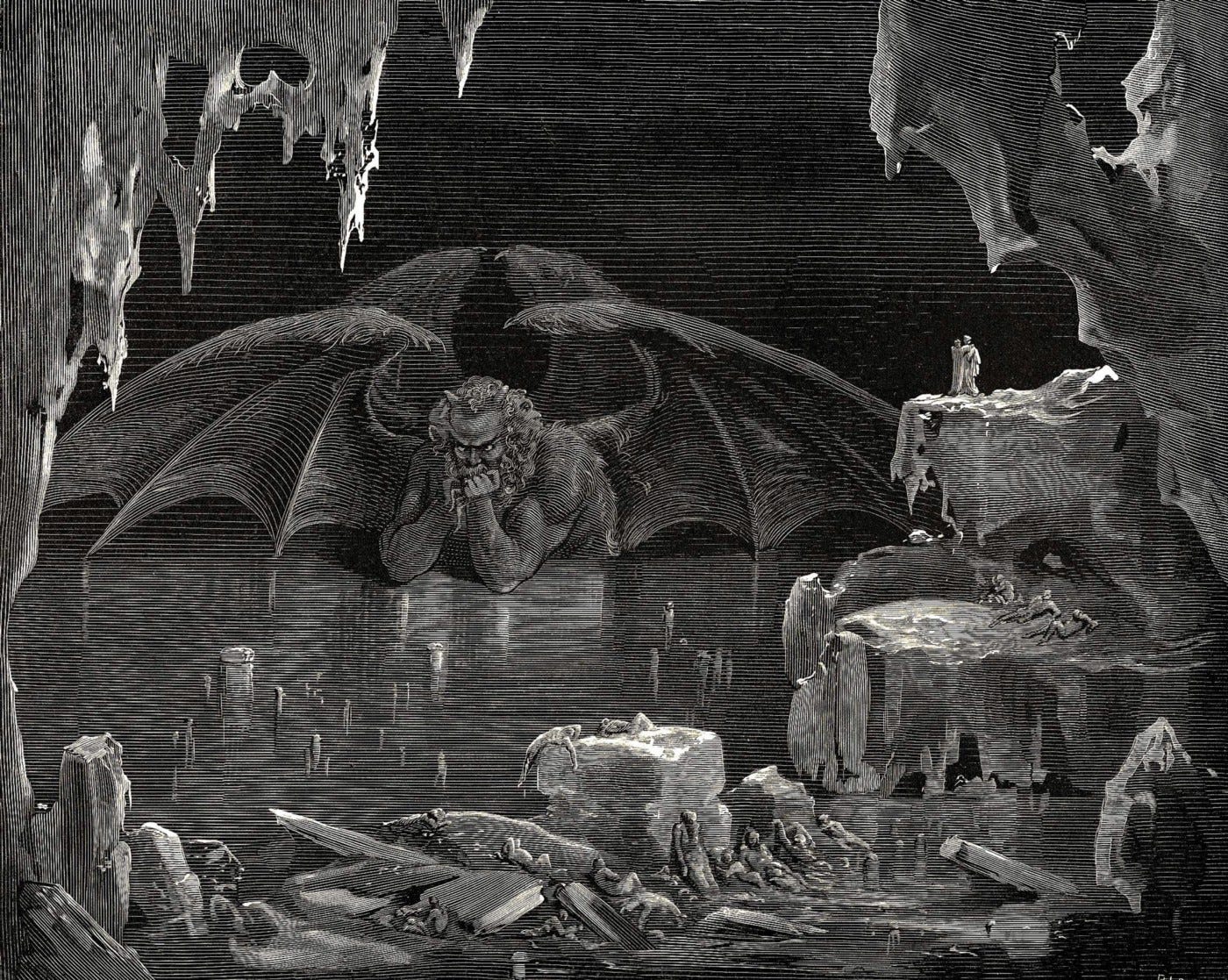

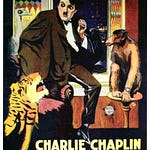
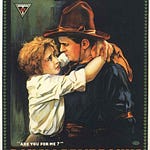
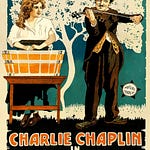

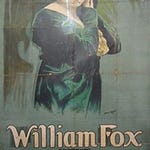
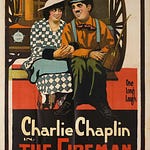

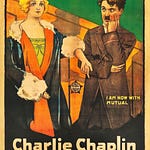
Share this post